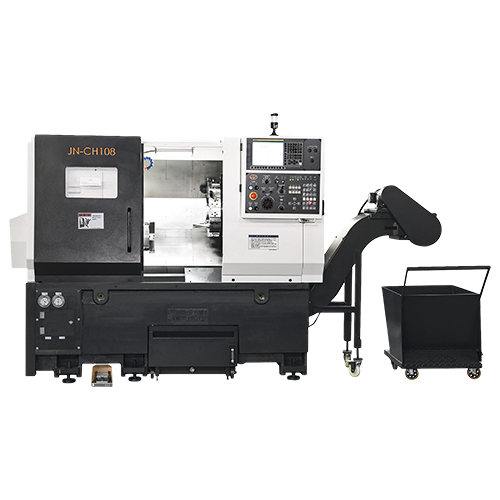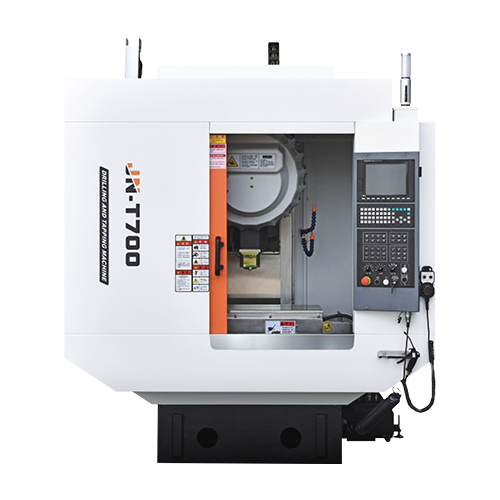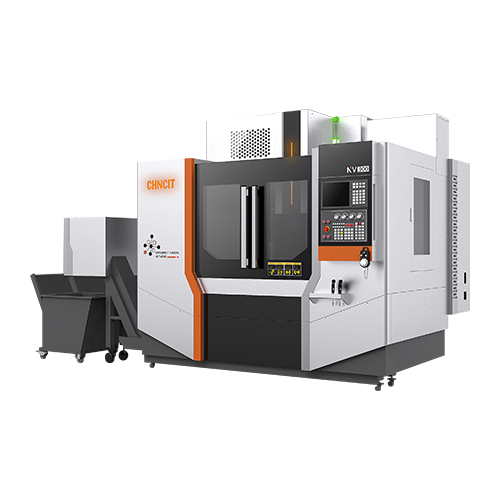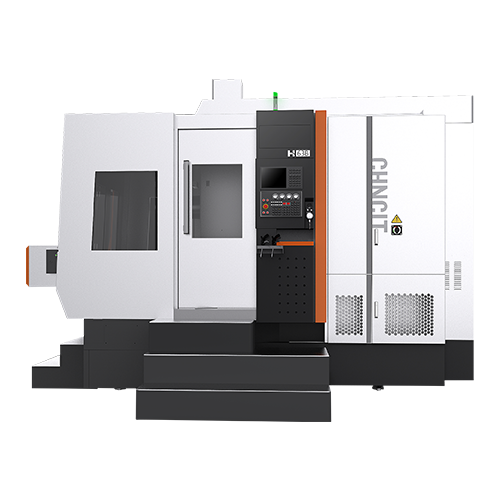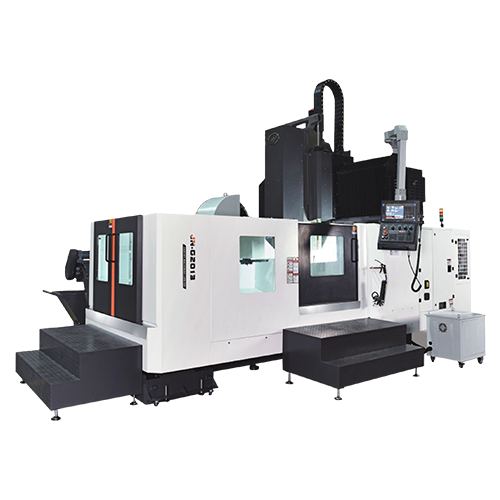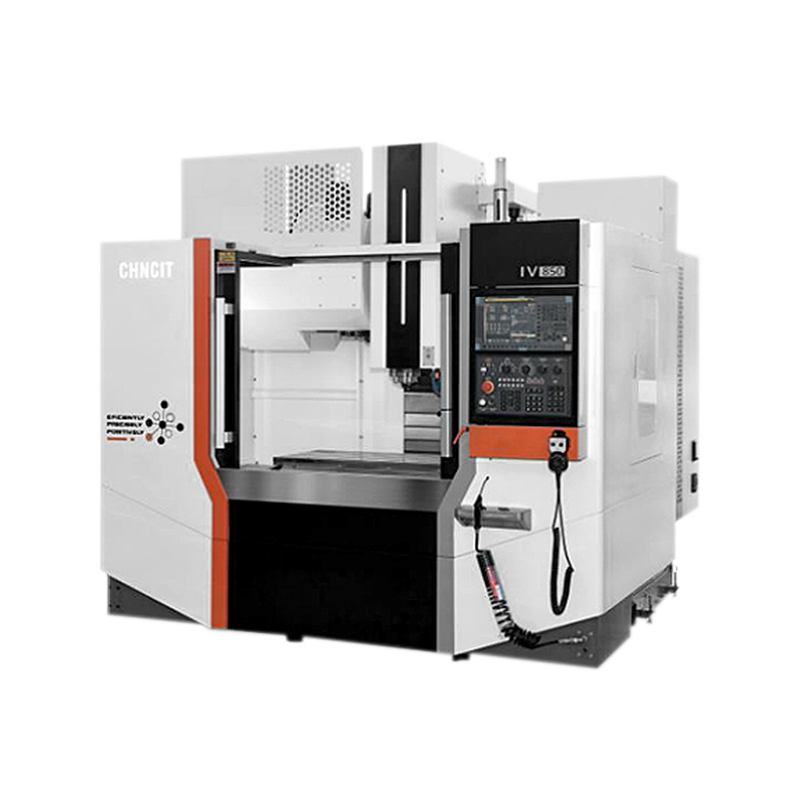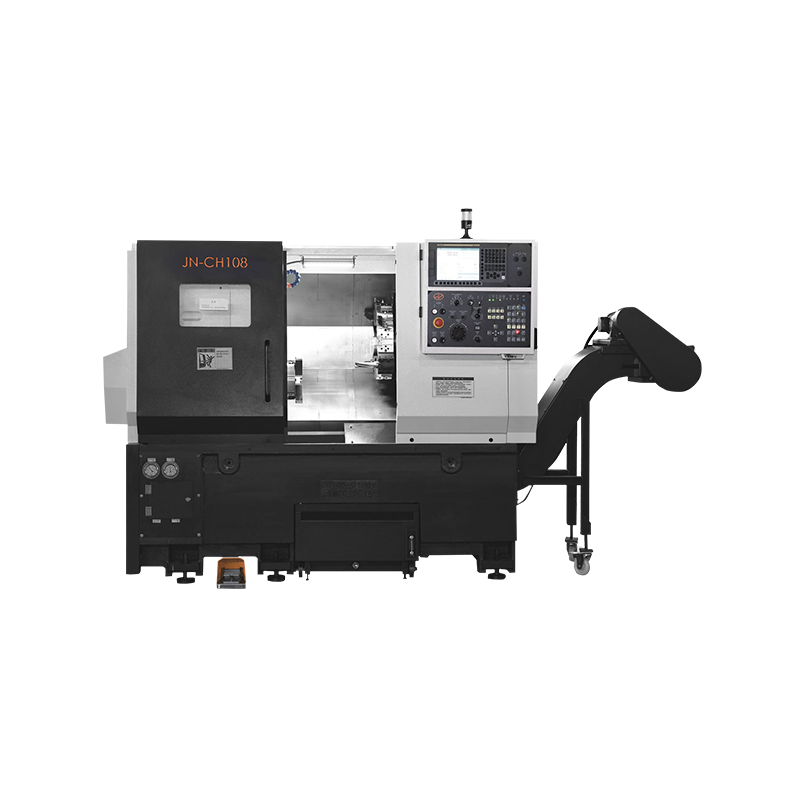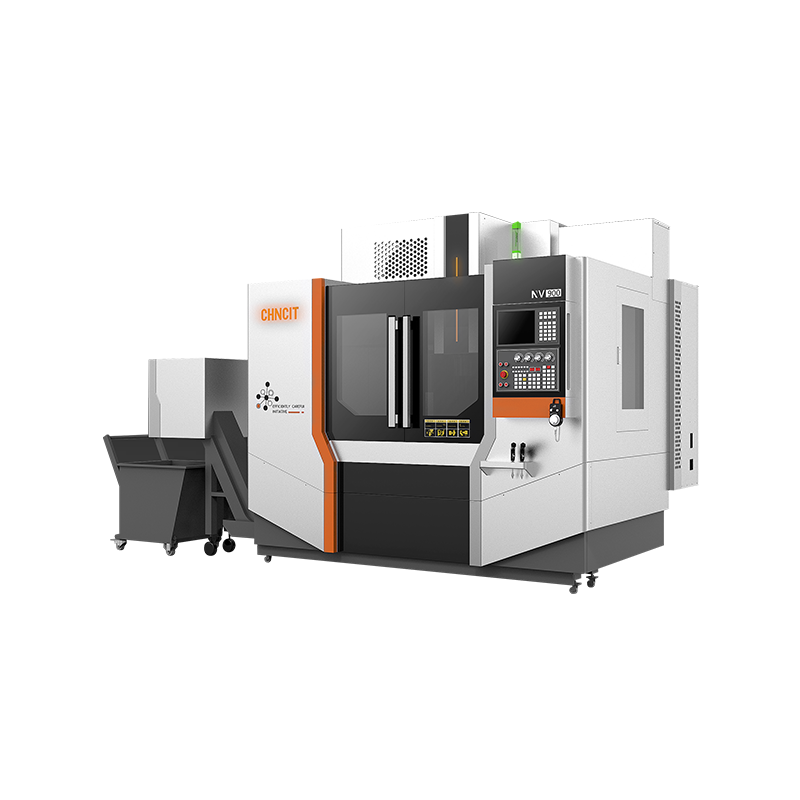-
 WHATSAPP
WHATSAPP -
 INS
INS -
 WECHAT
WECHAT
Integrating Automation into VMC for Manufacturing Efficiency
Automation is no longer a distant concept for large corporations—it’s becoming a critical factor in everyday operations for small and medium-sized manufacturers as well. In this context, the VMC milling machine, or Vertical Machining Center, plays a central role in bridging traditional machining practices with modern automated workflows.
At Jiangnan CNC Machine Tool Co., Ltd., we understand how businesses are seeking smarter, more efficient ways to increase output while maintaining product quality. Integrating automation into vertical machining centers helps manufacturers respond faster to changing demands, reduce labor costs, and improve accuracy across production cycles.
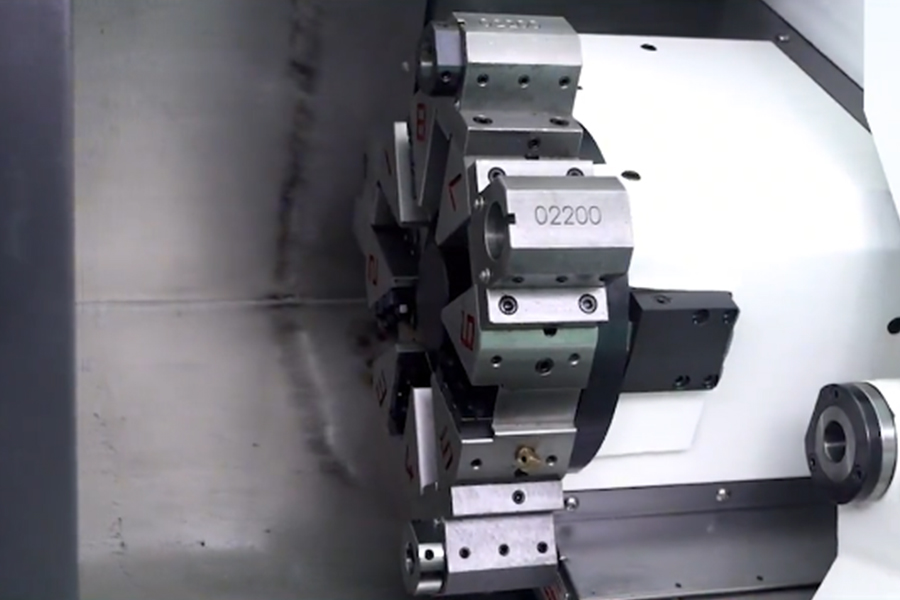
Why VMC Milling Machines Are Built for Automation
The structure and CNC compatibility of a vertical machining center make it ideal for automation upgrades. From tool changers to robotic loading arms, a VMC can easily be adapted to various automated setups.
Here are a few features that make the VMC automation-ready:
Programmable CNC controls: allow integration with robotic systems, conveyors, and sensors.
Automatic Tool Changers (ATC): Reduce manual intervention and support complex multi-step machining.
Built-in probing systems: Enable real-time monitoring and correction of part positioning and tool wear.
Now that you see the technical potential, let’s explore how automation changes production dynamics.
Benefits of Automation in VMC Operations
Here we are going to break down the practical benefits of integrating automation into your vertical machining center:
Reduced Labor Dependency
Automated loading/unloading systems allow machines to run longer hours with less supervision—ideal for evening or weekend shifts.
Greater Throughput
By cutting down on idle time between jobs, automated VMCs significantly increase daily output.
Improved Accuracy
Automated systems help eliminate human error during part setup, tool changes, and measurement verification.
Real-Time Monitoring
Integrated software and sensors provide immediate feedback on tool wear, part deviations, and machine conditions.
Faster Changeovers
For shops handling various parts, automation supports rapid tool and fixture changes, reducing downtime during transitions.
Automation Options You Can Integrate
Depending on your production goals, automation with a VMC milling machine can take several forms:
Robotic Arms: Load and unload workpieces with precision and speed.
Pallet Changers: Swap entire setups between cycles to maximize machine uptime.
In-Process Gauging Systems: Check parts mid-cycle to reduce scrap and rework.
Coolant Management and Chip Conveyors: Keep the machine area clean and optimize tool lifespan.
To learn more about these options, it's useful to discuss your material types, production volume, and batch complexity with an experienced supplier.
Factors to Consider Before Automating
Before jumping into automation, it’s essential to assess:
Return on Investment (ROI): Is your current volume high enough to benefit from automation?
Floor Space: Robotic arms and automation cells require additional space planning.
Training Requirements: Operators and technicians may need additional training to manage automation hardware and software.
A gradual approach—starting with tool changers and pallet systems—can be a good entry point if full automation feels too ambitious.
Jiangnan CNC’s Automation-Ready Solutions
All our vertical machining centers are built with future automation in mind. At Jiangnan CNC, we offer VMC milling machine models equipped with:
CNC controllers compatible with robotic interfaces
Reinforced frames for continuous operation
Optional automation packages, including tool changers, coolant systems, and sensor integration
We also provide technical support for automation planning and implementation to help you transition smoothly.
Jiangnan CNC Machine Tool Co., Ltd. is ready to support your automation journey. Whether you're upgrading an existing setup or launching a new one, we offer the machines and guidance to help you automate with confidence.

